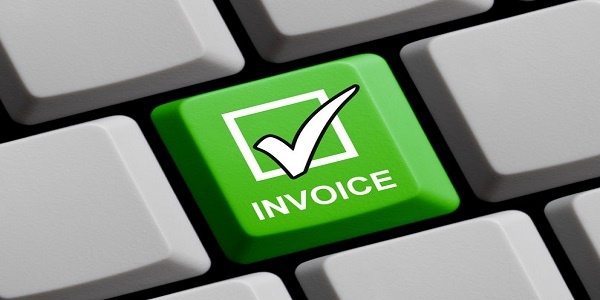The Good and Services Tax (GST) Council proposes to introduce e-Invoicing for B2B (business to business transactions) from January 1, 2020. With its user-friendly mechanisms, e-Invoicing is expected to make GST compliance, return filing, reconciliation and also, getting tax credits simpler and trouble-free.
This is good news, especially for small and medium size businesses which are still finding it difficult to cope with the GST regime. Applicable for those also, who want to come under the GST fold, but are hesitating because of the perceived difficulties and hassles involved. For starters, the entire process of e-Invoicing is simple and straightforward, with multi-layered support from the GST Council to small businesses to follow the process.
To help small and medium sized tax payers adopt e-Invoicing, the Goods and Service Tax Network (GSTN) has empanelled a few leading accounting and billing software products, such as Logo Vyapari, which offers the basic accounting and billing systems free of cost to GST registered taxpayers.
Let’s take a quick look at what e-Invoicing entails, the processes and requirements involved, and benefits that small businesses can accrue from it.

Computer Keyboard showing Invoice
e-Invoice Advantages for Small Businesses
- Seamless filing of returns by avoiding duplication of data entry and reconciliation problems
- Auto-generation of e-Way bills using e-invoice data
- Expediting invoice delivery time
- Doing away with shipping / couriering of invoice to the buyer, saving cost and time
- Complying with GST requirements and getting the benefits thereof in a trouble-free manner.
Hassle-free, Simplified Processes
- The e-Invoice need not be generated on the government’s tax portal. Tax payers have to continue using their own accounting system. The only criterion is the invoice should be generated in a particular template in JSON format. The GST invoice in a standard template and a unique invoice reference number (IRN), based on the enterprise’s GST registration number, will be generated through a GST Network created exclusively for e-Invoicing.
- The government nominated registrar, the Invoice Registration Portal (IRP) of GST, will issue the e-Invoice after receiving and verifying invoice requests sent by the business. This request can sent through SMS, mobile app, web, offline tool, an application program interface (API) or specified online tools.
- The capacity of IRP system is designed to manage the predicted loads of simultaneous uploads based on data reported in GSTR-1 for the last two years. At a later stage, multiple invoice registrars will be employed so that the load for invoice registration can be distributed.
- While requesting for an e-Invoice, the supplier has also to report other important documents to the registrar, which include supplier’s invoice and credit notes, recipient’s debit note, and any other legal document relevant to the transaction.
- The e-Invoice, digitally signed by the registrar, will also have a QR code, which will contain important details, such as GSTIN (GST Identification Number) of both seller and buyer, invoice date and number, line item number, HSN (Harmonized System of Nomenclature) of the items in the invoice as per their values, among others.
- The e-Invoice signed by the IRP can also be used by GST / E-Way bill system.
- After the e-Invoice is generated by the registrar, it is sent back to the supplier and a copy is also sent to the buyer in whose name the invoice is made.
- In the GST portal, the supplier’s tax invoice will be updated and also reflected in the newly proposed return formats proposed.
- The e-Invoice form will have provision for both mandatory and optional items. The request will be accepted in the GST system only if the mandatory items are filled. The optional items are to be used by businesses to suit their individual requirements.
- The e-Invoice generated can also be cancelled but supplier within 24 hours after it is issued. However, the supplier can cancel it manually on the GST portal before filing returns.
- This new e-Invoice schema also caters to export invoices. Based on most common standards, the schema will help buyer’s system to read the e-Invoice without any issue.
Changes / Requirements the Tax Payer has to Ensure
- The tax payer’s accounting system should support e-invoice requirements.
- After IRN number is issued, it should be imported into the system. The system should be able to capture IRN corresponding to the tax invoice.
- The dispatch / packaging slip should display the IRN Number.
- IRN should be captured against the e-Way Bill in the system.





